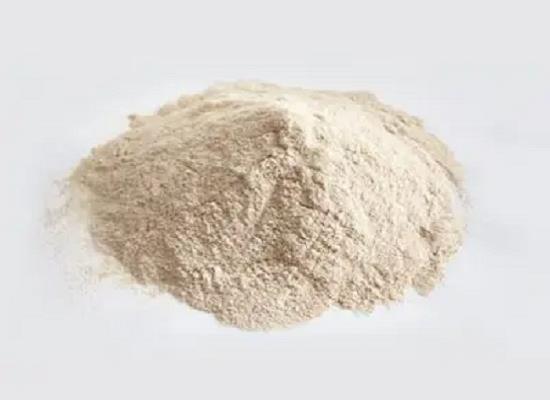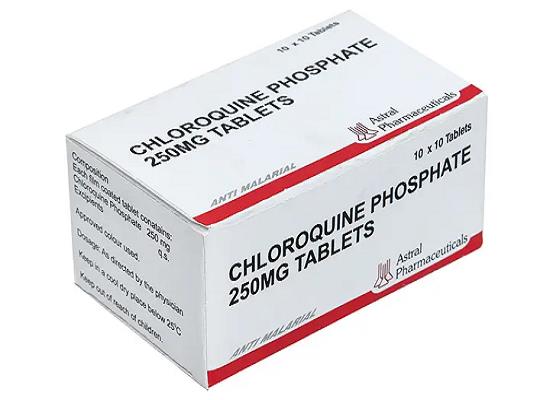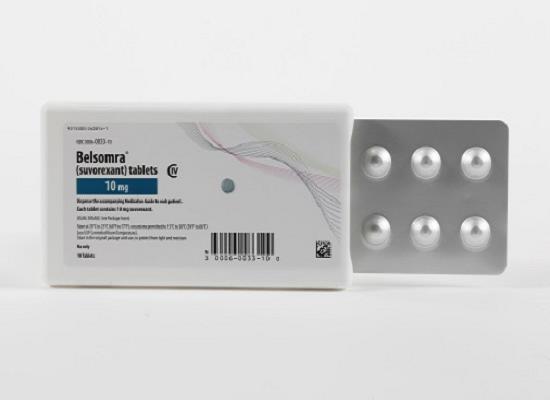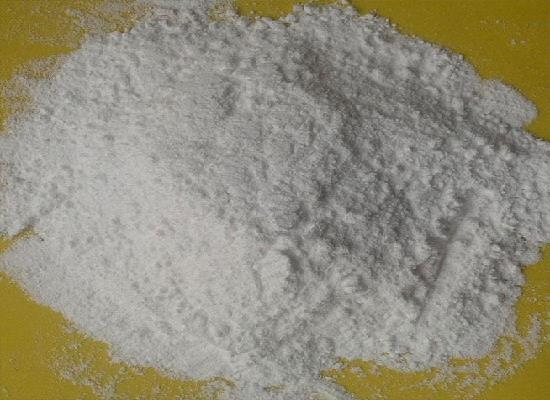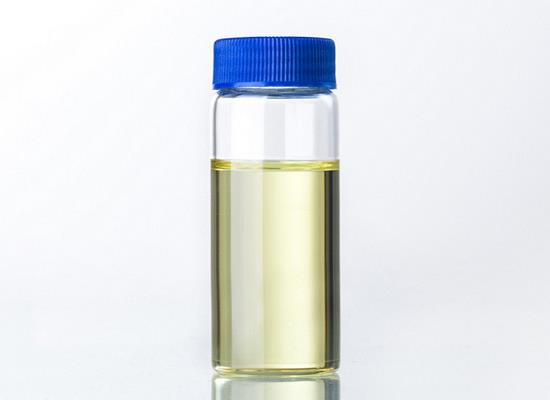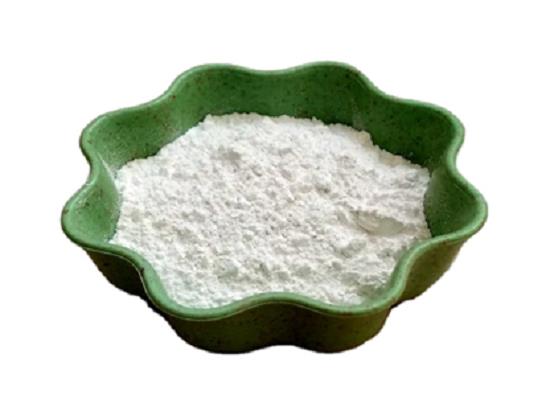Active Pharmaceutical Ingredients (API), popularly speaking, are the raw materials of medicines, only pharmaceutical raw materials are processed into pharmaceutical preparations , can they become medicines available for clinical use, so drugs we usually eat are the finished drugs through processing. Active Pharmaceutical Ingredients based on its sources can be divided into two major categories ,including chemical synthetic drugs and natural chemical drugs. Chemical synthetic drugs can be divided into organic synthetic drugs and inorganic synthetic drugs. Inorganic synthetic drugs are inorganic compounds ( very few is element), such as aluminum hydroxide, magnesium trisilicate which are used for the treatment of gastric and duodenal ulcers ; organic synthetic drugs are mainly composed of drugs made by basic organic chemical raw materials, through a series of organic chemical reactions (such as aspirin, chloramphenicol, caffeine, etc.). Natural chemical drugs ,based on its sources,can be divided into two categories including biochemical drugs and plant chemical drugs. Antibiotics are generally made by the microbial fermentation, which belongs to the biochemistry category. A variety of semi-synthetic antibiotics occurs in recent years,which are biosynthesis and chemical synthesis combining products.Among active Pharmaceutical Ingredients, the organic synthetic drugs varieties, yields and values have the largest proportion,which are the main pillars of the chemical and pharmaceutical industries. The quality of active Pharmaceutical Ingredients decides whether the formulation is good or bad , so its quality standards are very strict ,countries in the world have developed national pharmacopoeia standards and strict quality control methods for its widely used active Pharmaceutical ingredients.
Tosylmethyl isocyanide: applications in organic synthesis and safety
Tosylmethyl isocyanide is a versatile reagent for heterocyclic and ketone synthesis. Safety precautions required.
Jul 20,2023 APIChloroquine diphosphate: pharmacokinetics and clinical applications
Chloroquine diphosphate can treat malaria and amebiasis, also used for managing rheumatoid arthritis.
Jul 20,2023 APIMagnetic iron oxide nanoparticles: synthesis and biomedical applications
Dendrimer-based magnetic iron oxide nanoparticles offer versatile applications in biomedical fields, including magnetic resonance imaging and drug/gene delivery.
Jul 20,2023 API2-Methylbutane: toxicology, pharmacokinetics and applications
2-Methylbutane can irritate the skin, cause respiratory effects when inhaled, and pose risks if ingested. Caution is needed due to its flammability.
Jul 19,2023 APISuvorexant: pharmacokinetics, clinical applications and side effects
Suvorexant promotes sleep, high bioavailability, binds plasma proteins, metabolized by CYP3A enzymes, eliminated through feces/urine.
Jul 17,2023 API2,6-Lutidine: applications and safety
2,6-Lutidine is used in Pickering emulsion, anticancer research, and synthesis of ketones. Requires proper safety measures.
Jul 17,2023 API4-Aminophenol: Applications and Toxicology
4-Aminophenol is used in black-and-white film development and as a synthetic intermediate in pharmaceuticals, dyes, and polymers. It has hazards to health and the environment.
Jul 14,2023 APIPoziotinib: mechanism of action, metabolism, clinical applications, side effects
Poziotinib is a targeted tyrosine kinase inhibitor used in the treatment of non-small cell lung cancer (NSCLC), breast cancer, and gastric cancer.
Jul 13,2023 APIThe Versatility of Aniline in Various Industries
Aniline is a versatile compound used in tissue engineering, pharmaceutical production, and dye synthesis. It enhances cellular activity but poses health risks, requiring proper safety measures.
Jul 13,2023 APINicotinamide riboside chloride: metabolism and pharmacodynamics
Nicotinamide riboside chloride has been shown to increase NAD+ levels in the body. It also exhibits neuroprotective effects, aids in recovery after brain ischemia, and influences intestinal bacterial.
Jul 13,2023 API



